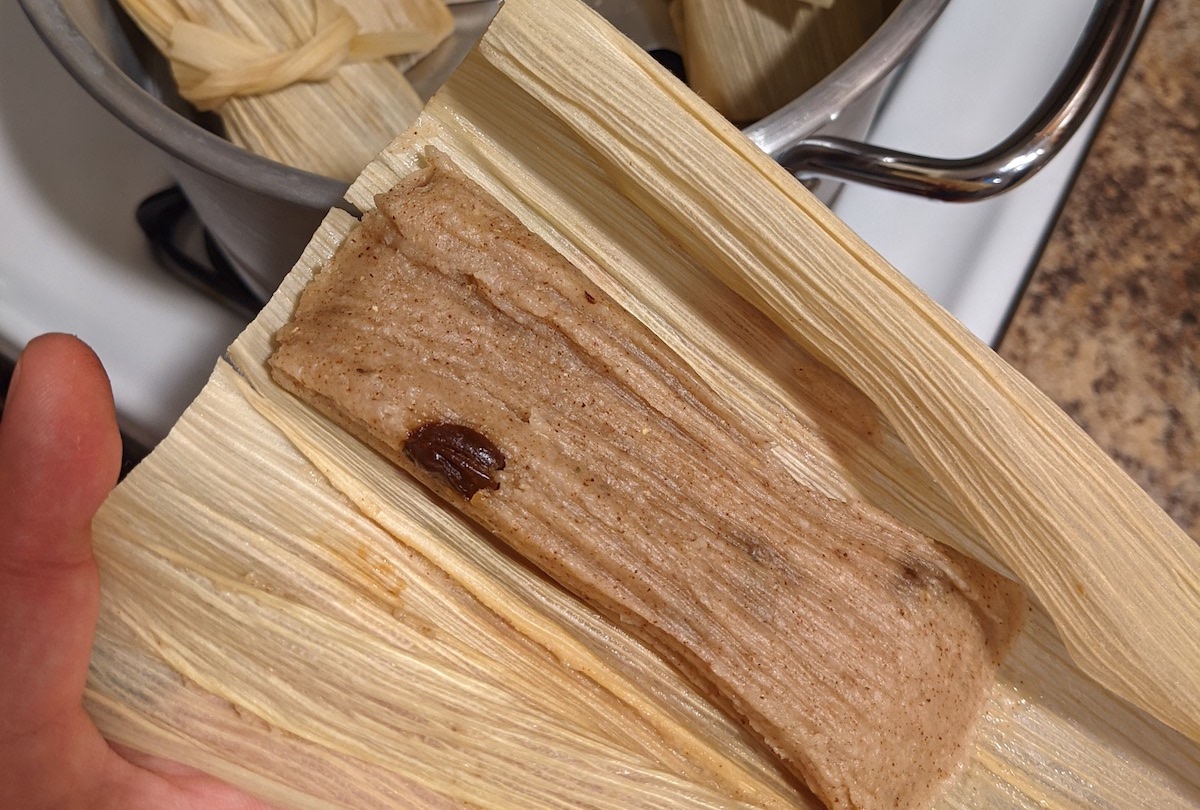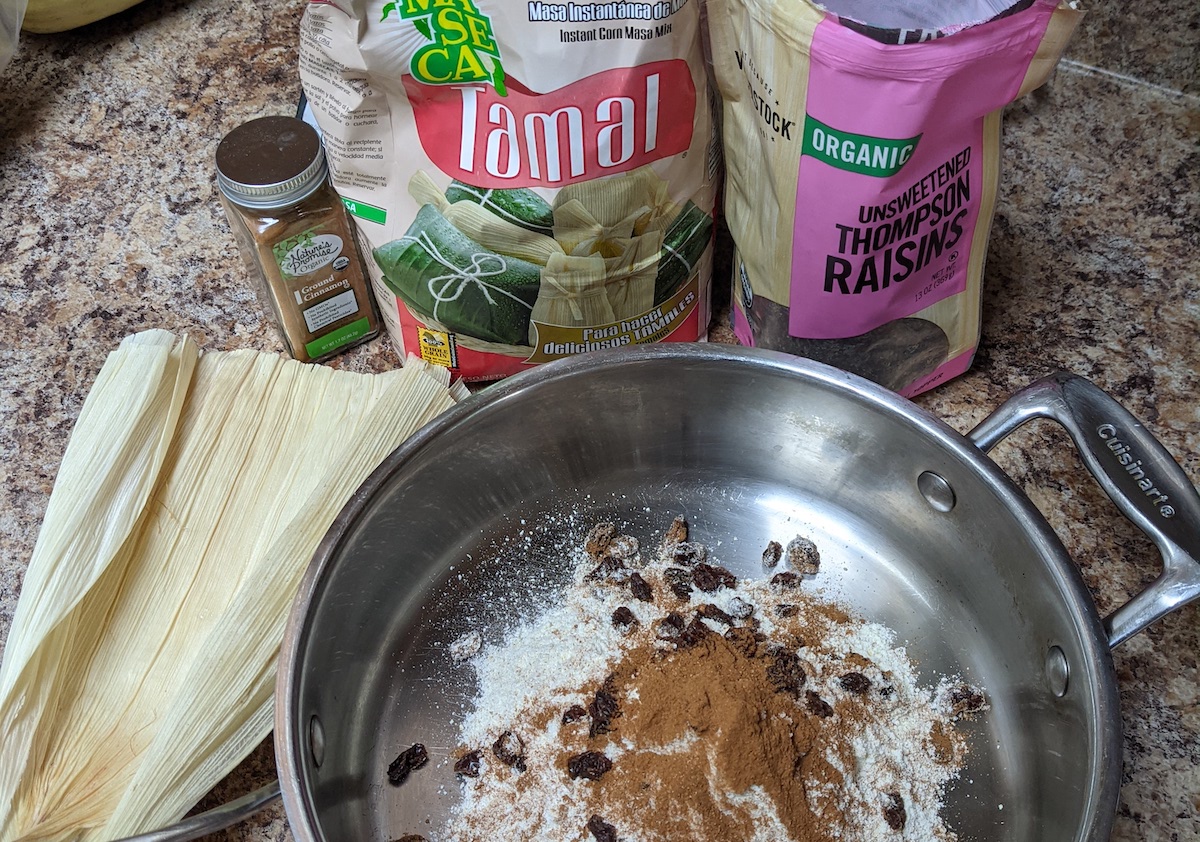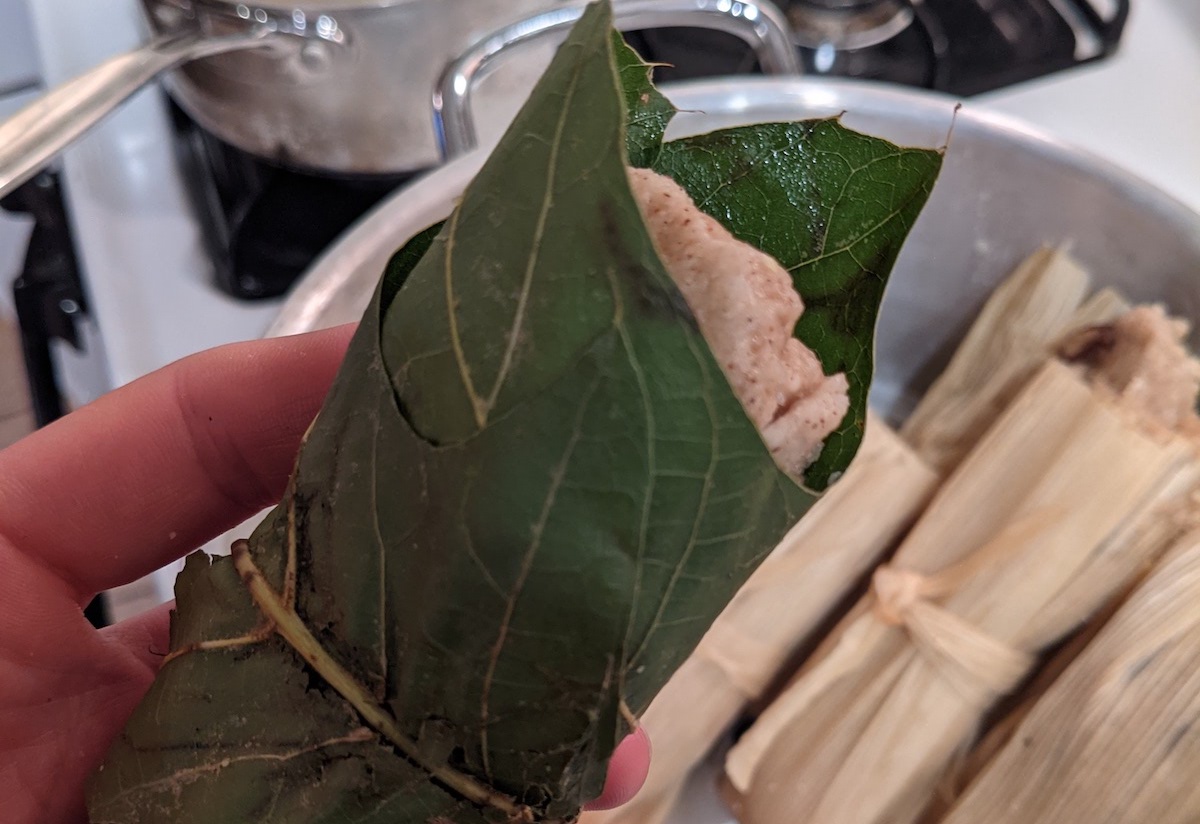[Editor’s Note: This month’s “Community Voices” column is written by Sam Herreid, an Alaskan-raised mountain runner living in exile on the U.S. Jersey Shore. He is an independent glaciologist working on glacier melt rate problems and improving estimates of global sea level rise. He pays his bills pouring latte art at a boardwalk café in Asbury Park, New Jersey. More on his science and running can be found at his website.]
I’ve always been annoyed by how many bars and gels I go through as an ultrarunner. Even though our sport leans hard toward environmental conscientiousness, I think we’re all pretty guilty of turning a blind eye to individual fuel packaging and the waste we are generating. We post pictures of the mountain of snacks we’ll consume during a race like a badge of honor. Just as a big game hunter might see pride in their kill photos, blind or indifferent to the harm, perhaps so are we to our environmental toll.
Sure, I sometimes bake potatoes, put them in a tortilla and call myself a hero, but if I’m honest, I’ve only done that a handful of times and when I’m five hours into a run, starch on starch pocket mush is just not as palatable as a Honey Stinger stroopwafel.
But what if there was a food hack, one that has existed in many equatorial cultures for longer than I am willing to regurgitate to you from Wikipedia.
As with any proper online recipe, this is the part where I give you a 3,500-word personal history about the enticing smells that would waft out of my grandma’s kitchen and how I now use modern ingredients that just aren’t the same as hers. I would go on to tell you about the extensive trial and error it took to arrive at the recipe before you today, which is suspiciously identical to that which is found in the Joy of Cooking, but don’t focus on that.
The truth is, there’s no backstory and we both have short attention spans.
It’s tamales. This article is about tamales.
About Tamales
Tamales were the original Clif Bar. Calorie dense, steamed corn flour energy wrapped in a corn or banana leaf. While the blank, off-yellow corn leaf needs some work to catch up to Clif Bar’s excellent branding, there is one immense difference: a Clif Bar is at least 70% organic, but the the packaging of a tamale is organic.
I think you can see where I’m headed with this.
To go full Leave No Trace, this becomes somewhat of a seasonal delicacy. With fall upon us, I suggest you spend your next casual run foraging the biggest, most sturdy, and least poisonous leaves you can find. Maybe give them a gentle scrub back at home, maybe welcome some unplanned bug protein.
Now imagine this: You’re running your A-race ultramarathon this fall, you can hear the “plop, plop, plop” of someone reeling you in. You hate that. It’s mile 57, who do they think they are?! You reach in your vest for some fuel to keep your fantasized rank intact to the finish. You unwrap your cinnamon raisin tamale. It has been steaming itself to perfection, slightly too close to your armpit, but don’t focus on that. It’s delicious. You feel a surge of energy course through your veins. Then, knowing full well what you’re about to do, with a level of entitlement that would make a yacht owner cock their head in minor surprise, you toss your tamale wrapper with abandon.Your ultra shuffle, which had since deteriorated to a new form of contraceptive, abruptly transforms into a little swagger as the runner behind you explodes in outrage after witnessing your shameful crime. But here’s the flex. You’re totally better than them and their sticky pocket full of plastic, foil, and Salted Watermelon GU schmutz, since you haven’t actually littered anything, only returned the leaf from whence it came. Their rhythm is thrown, precious energy lost from an exploding mind. You keep your finish-line fantasy alive.
Let’s Talk About Litter
First of all, litter is amazing. You have a thing, and the moment it stops filling a useful function to you, you eject it from your system entirely for the rest of time. I know it was the 1980s, but when designing the space shuttle, a lot of very clever engineers chewed on all of the options and “litter it in the ocean” made the winning amount sense for the big brown fuel tank. Ask a squirrel ditching the cap of an acorn about how awesome littering is and if she has any moral reservations.
The problem, and the difference between the space shuttle and the acorn is: provenance, composition, decomposition, and aesthetic. We should all aim to litter well: local provenance, organic composition, locally uniform decomposition rate, and camouflage to the human wilderness experience. Check those boxes, and littering flips from a deadly sin to the top of the moral and environmental food chain. Being so progressive, you will short circuit the Brave New World Instagram pre-programmed types. Now, is short-circuiting a fellow runner’s sense of right and wrong a healthy and mature motivation to do something? Absolutely not. Will a confrontation like this be a top-10 moment in your entire life? If you enjoy occasionally stirring the pot, 100% yes.
I know what you’re thinking. This has been fun, but we can wrap any homemade snack in a leaf, and frankly it’s just going to be a mess of leaves in my ultra vest. Who needs that?
I hear you. So let’s talk about tamales. Here are five tamale facts that fit snugly within the food trends of our time:
- Can easily be made vegan.
- Gluten-free.
- Super delicious even without added sugar*.
- Crazy dense calories. Tamales are the bagel of masa flour.
- Endless flavor possibilities. The sky’s the limit for savory or sweet doughs and fillings. If you prefer to be carbon neutral instead of a trail breaker, you can ooze your pineapple GU into the middle as filling.
*Look, I’m not at all opposed to sugar, especially in a running snack, but I can’t tell you the number of times I’ve nibbled through my stroopwafel stash in town saying, “I’ll just have one with a cuppa,” only to be eating my fingernails out on the trail a week later. Somehow keeping the sugar out of my snacks has helped me keep the proverbial hand out of the ultrarunning cookie jar. If you can peaceably coexist with sugary delicious running snacks laying around, by all means, sugar these up to honorary churro status.
I have a profound love of cinnamon raisin bagels, so I knew it was my destiny to perfect the cinnamon raisin tamale. I won’t spell out precise measurements; you too have the internet, and some trial and error adventures will spice up your Instagram stories.
How to Make Trail Tamales
Step One: Look for a local Mexican grocery store and buy a bag of masa flour for tamales, corn leaves, and a steamer pot (if you don’t already have one). Foraging local leaves takes things to the next level.
Step Two: In a pot on the range, heat up some water to dissolve a vegetable broth cube. In a separate bowl, pour out a small mountain of masa flour and dump in more cinnamon and raisins than you would think is reasonable. While fat helps the texture and flavor of the tamale, it can be rough on the stomachs deep into a long run or race, so consider adding only a modest pour of avocado (or similar) oil. A few pinches of salt (more if running in peak summer heat) and baking powder complete the mix.
Step Three: Add the broth to the bowl of ingredients and burn your fingers a bit while mixing it all together. To avoid being left with tamales the consistency of bricks after a day in the fridge, keep the dough on the wet side.
Step Four: Soak the corn leaves in water to soften them up. Spread a healthy lump of dough toward the wide edge of each leaf. Press them flat and roll them up. The internet, not this gringo, will show you how. (Substitute local leaves or make the tamales in corn and transfer to local if they don’t have the dexterity to survive the steam.)
Step Five: Steam for about an hour.
Make a lot. Freeze them. Fuel your runs. Find the leading edge of environmentalism. Litter those trails (with local leaves).
Call for Comments
- Did you grow up making tamales with your grandmother? How can we make these even more delicious?
- What is so bad about a lightweight reusable pouch for snacks? (Answer: Nothing. If that’s all you use, you’re an absolute legend. But do you? Exclusively? Side nod to Courtney Dauwalter who uses reusable baby food pouches, and many other athletes considering this. For most of us, these are often in addition to a mountain of individually wrapped snacks.)
- How can we as a community reward or support athletes who decline sponsorships on environmental or moral grounds?



